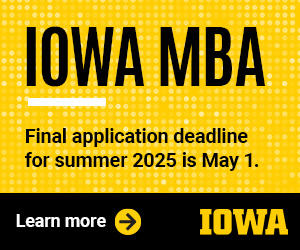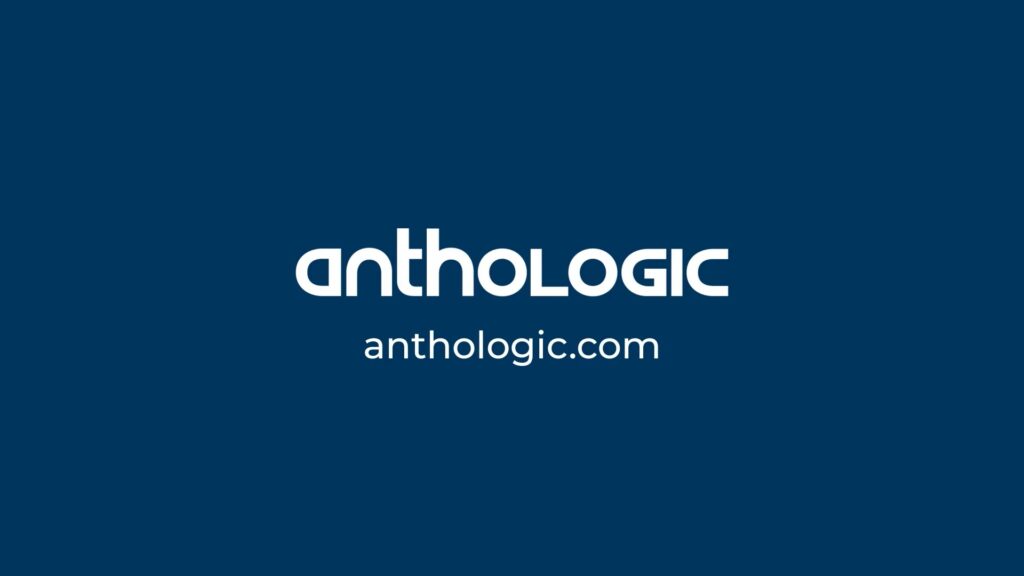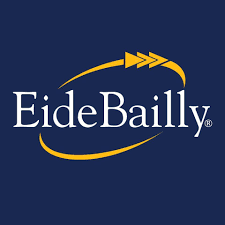Marketing: Smart marketing on TikTok

In last week’s column, we looked at the phenomenon that is TikTok and the numbers behind the app’s success. This week, I want to examine how agencies and brands are using the incredibly popular app from a marketing perspective.
There are several challenges when it comes to leveraging TikTok as a marketing vehicle. The most obvious is that you only have 15 seconds to convey your message and the audience is not going to tolerate anything that looks or feels like traditional advertising. The highly produced commercial has no place on the platform. If it’s not native to the format and it doesn’t feel a little raw with minimal editing, the audience will simply walk away.
It’s critical to adapt your content strategy to take full advantage of the platform’s tools, like in-app editing. Using features that are unique to TikTok, like the Duet function and filters, clearly communicates to the audience that you’re staying in the sandbox to play.
TikTok users go to the app to be entertained, first and foremost. If your brand shows up just to sell, you’re going to be out of luck. It’s about creating connections and triggering an emotional response. The app and the audience demographics both lend themselves to authentic storytelling, which is one of the reasons why influencers are so big on TikTok.
Building off an influencer’s audience is a powerful way to magnify your presence on TikTok. Because they’ve already built up credibility and context around whatever area of expertise or celebrity they have, you can catapult your campaign and lend their influence to your brand.
Walmart jumped on this particular bandwagon with their #DealDropDance campaign. They paid several key influencers to create videos of themselves dancing to express how Black Friday savings made them feel. Other users jumped on board and by the time the campaign wrapped up, they’d generated 3.6 billion views and reached 17 million followers.
Whether you work with an influencer or not, branded hashtags are a cornerstone element within the TikTok community. These hashtags encourage user-generated content, which is one of the most popular elements of the app. User-generated content may be organic, but in many cases it’s bought and paid for and the TikTok creators are bound by FCC rules to disclose that fact. That does not seem to detract from the engagement levels, however.
Challenges are another highly leveraged model on the platform. Chipotle created one of the most successful challenges on National Avocado Day. For six days, they challenged the users to create videos of themselves dancing to celebrate their love of guacamole and to use the hashtag #GuacDance. Over the course of the campaign, more than 250,000 users uploaded videos with the branded hashtag. It also triggered Chipotle’s biggest guacamole day in history. They served over 802,000 sides of guacamole, using an additional 7,500 of avocados to meet the demand.
Converse is also making the most of challenges. Recently they invited their audience to customize a pair of sneakers and share their creations with the hashtag #ConverseAllStar. That hashtag has now generated more than 54.3 million views.
It’s clear that when you understand both the medium and the audience’s expectations, the results can be quite spectacular. Like any channel, it’s critical that you have a long-term strategy that allows you to avoid being a one-hit wonder.
Being mindful of being part of the creator community and forming relationships with key creators and influencers seems to be critical to success. But even with those relationships on your side, not staying true to the format and or sharing anything that looks like an overproduced ad is bound to deliver lackluster results.
Bottom line? Know your audience and accept that it’s their playground and their rules.










